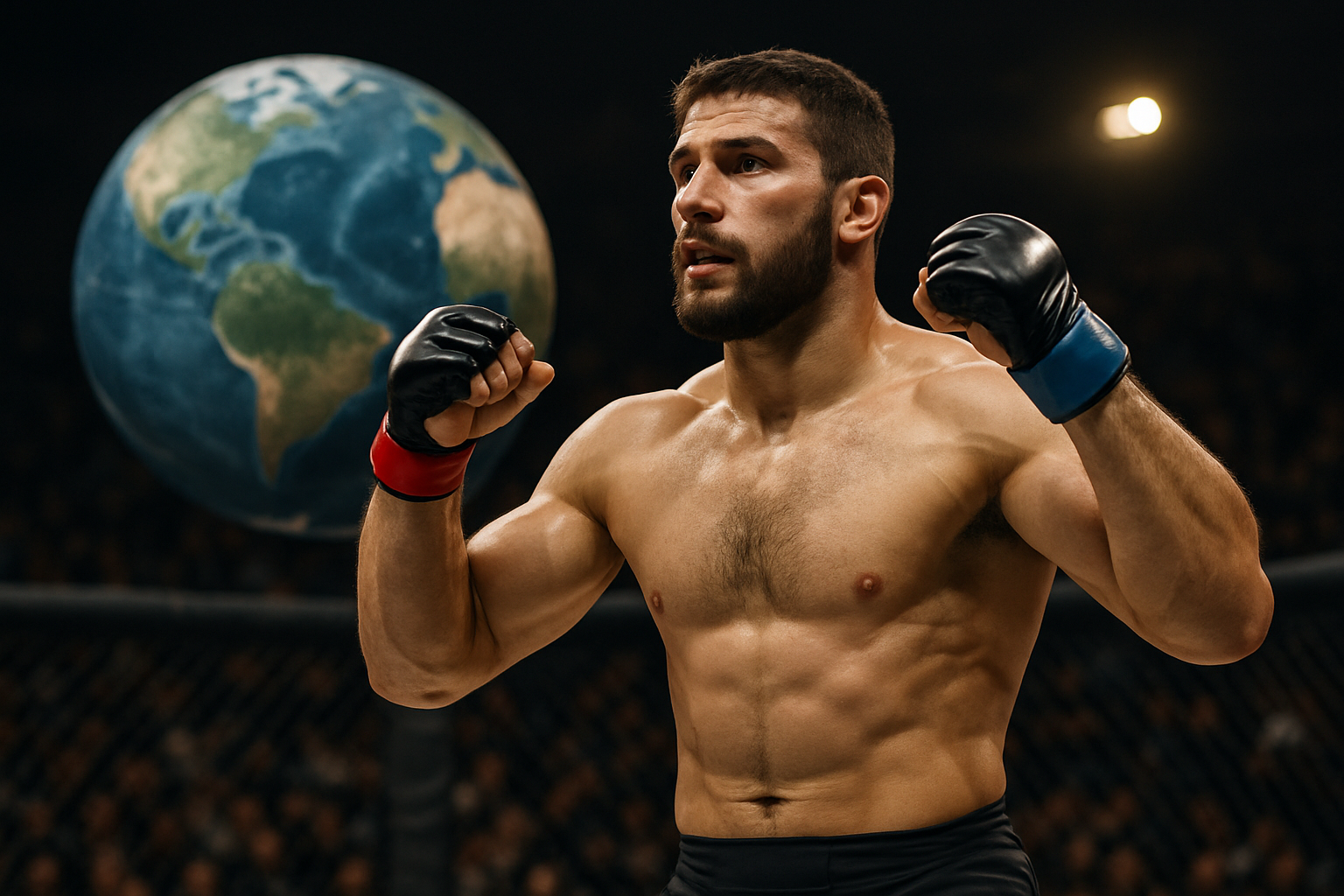Breaking Barriers: The Rise of Mixed Martial Arts in the Global Sports Scene
Mixed Martial Arts (MMA) has been steadily gaining traction in the global sports scene. This combat sport, which combines techniques from various martial arts disciplines, has seen a surge in popularity over the past decade. This article delves into the history, current trends, and future prospects of MMA, offering a comprehensive look at this dynamic sport.

The Birth and Evolution of Mixed Martial Arts
MMA’s roots can be traced back to ancient Greece, where a combat sport called Pankration was part of the Olympic Games. However, the modern form of MMA emerged in the late 20th century, with the establishment of the Ultimate Fighting Championship (UFC) in 1993. The UFC was initially promoted as a competition to determine the most effective martial art, attracting practitioners from various disciplines such as boxing, wrestling, and Brazilian Jiu-Jitsu.
Over the years, MMA has evolved from a spectacle of raw, unregulated violence to a legitimate sport with standardized rules and professional athletes. This transformation has been instrumental in MMA’s acceptance and growth in mainstream sports culture.
The Globalization of MMA
MMA’s rise to prominence has been facilitated by its globalization. The UFC, the premier organization in MMA, has expanded its reach beyond the United States, hosting events in various countries and signing fighters from around the world. This global expansion has helped MMA gain a diverse and dedicated fanbase.
The sport’s popularity has also been boosted by high-profile fighters like Conor McGregor and Ronda Rousey, whose charisma and skill have drawn in audiences and elevated the sport’s profile.
The Science and Strategy of MMA
MMA is a complex sport that requires a blend of physical prowess, technical skill, and strategic thinking. Fighters must be proficient in various martial arts disciplines, including striking arts like boxing and Muay Thai, and grappling arts like wrestling and Brazilian Jiu-Jitsu.
The sport also demands a high level of physical conditioning. MMA fighters undergo rigorous training regimens to develop their strength, speed, endurance, and flexibility. Nutrition and recovery strategies also play a crucial role in a fighter’s performance and longevity in the sport.
The Future of MMA
The future of MMA looks promising, with the sport continuing to grow in popularity and acceptance. The UFC is leading the charge, with plans for further global expansion and the development of performance institutes to nurture the next generation of fighters.
However, the sport also faces challenges, including concerns about fighter safety and the need for a more robust regulatory framework. Addressing these issues will be crucial in ensuring the sport’s sustainability and continued growth.
Conclusion
MMA’s rise in the global sports scene is a testament to the sport’s appeal and potential. With its unique blend of physicality, strategy, and spectacle, MMA offers a fresh and exciting perspective on combat sports. As the sport continues to evolve and grow, it will undoubtedly continue to captivate audiences and break new ground in the world of sports.




